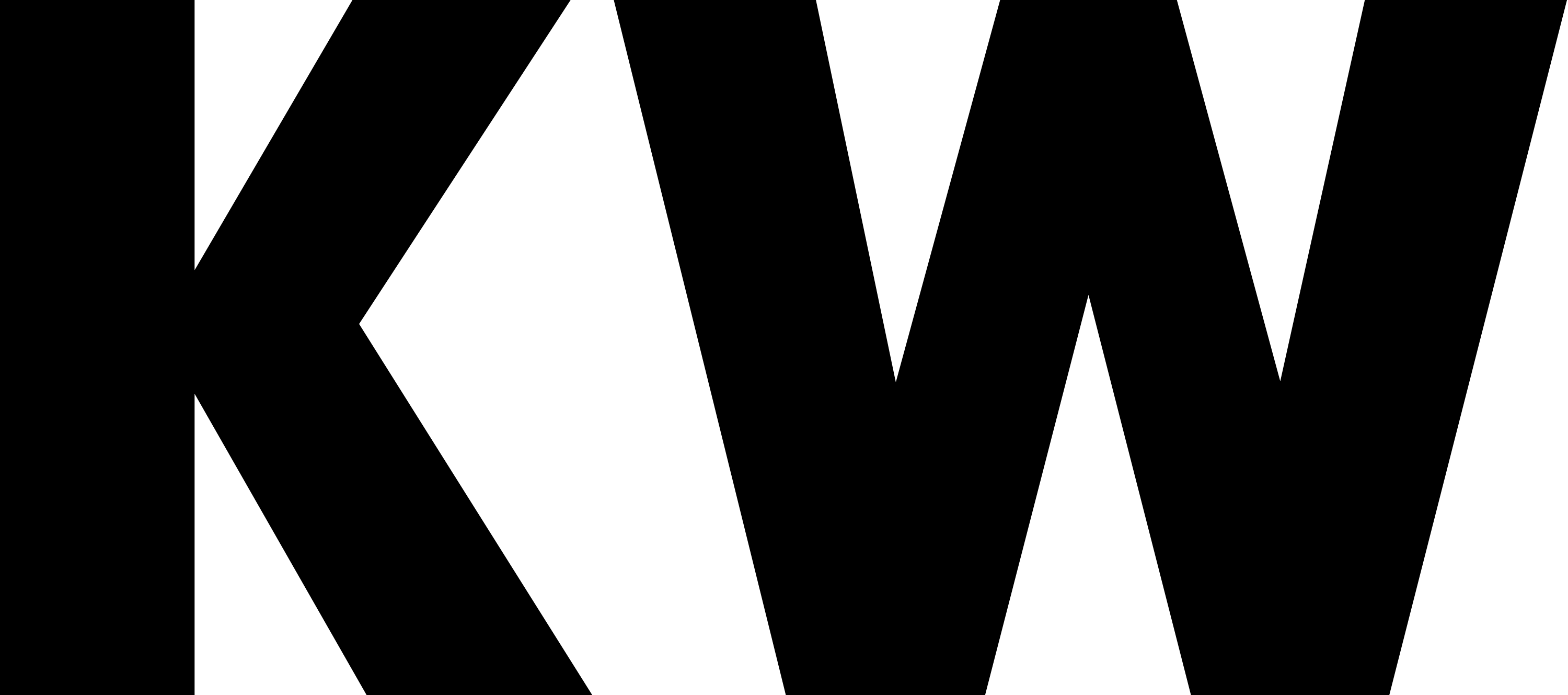Curatorial text
Karen Lamassonne
Ruido / Noise
25 February – 14 May 23
Curator: Krist Gruijthuijsen
Assistant Curator: Léon Kruijswijk
Curatorial Assistant: Linda Franken
Ruido / Noise is the first international survey of the work of Colombian American artist Karen Lamassonne (b. 1954, New York), a central figure of the male-dominated art and film scenes in Colombia in the 1970s and 80s. Throughout her career, Lamassonne has maintained a focus on self-portraiture and depictions of intimacy. The exhibit at KW encompasses contributions to both art and cinema and ranges from her earliest to most recent work. It shows Lamassonne’s radical, longstanding commitment to portraying women as actively desiring subjects. From tiled bathrooms, where a room of one’s own can be found behind locked doors, to urban bridges and parks, where erotic encounters are presented in a shifting sociocultural landscape, many of her paintings, photographs, collages, and videos depict the city’s sensual life in public and private spaces.
The earliest works in the exhibition are pencil drawings and airbrush paintings and include subjects and motifs that she would continue to pursue throughout her career. Paisaje (Landscape), from 1975, is one of a series of airbrush paintings that render figures at the scale of vast landscapes. Other early drawings include fragmented body parts that take on the attributes of other organisms such as a pair of hands in the form of a bird as seen in Vuelo (Flight), 1974, or ears that appear to grow like crops from the soil in Conchas (Ears), 1974.
Karen Lamassonne, Baño azul, (Blue Bathroom), 1979, From the Bathroom series, 1979, Watercolor, 76 x 56 cm © Karen Lamassonne
In the artist’s early watercolor series entitled Baños (Bathrooms, 1978–81), a lone, naked woman is seen in a decoratively tiled bathroom and an atmosphere of cool privacy. Lamassonne has tended to describe these paintings as self-portraits, though the figure is usually anonymized, shown only from the shoulders down or from the back, posing on toilets and bidets, and in showers and baths. Though the washy pigment is delicate, there is a matter-of-factness to the paintings. They caused a small scandal when they were shown at the Galería del Club de Ejecutivos in Cali in 1979, when the exhibition had to shut down prematurely after some of the “executives”—the men who used the space for lectures and meetings—felt unable to go about their business with such “obscenities” in view. Given that the paintings are far from obscene when viewed alongside canonized examples from art history, it seems more likely that the implied associations between women’s bodies and bathroom fixtures were what troubled these men the most. Being in the limbo of dirty and clean, the figures described a boundary that was quickly policed in the name of female propriety.
Karen Lamassonne, Biblioteca, rue des vinaigriers, (The books, rue des vinaigriers), 1978, Watercolor, 76 x 56 cm © Karen Lamassonne
Many of Lamassonne’s paintings during this period feature domestic spaces, depicted in a manner that renders them subjective. Patterned bathroom tiles, wallpapers, soft furnishings, bookshelves, messy sinks, ovens, and toilets become flat and pictorial, creating a sense of a still life that is an extension of the artist. When she includes herself in these scenes of imagistic interiority, the body is folded into its environment and rendered continuous with it. This effect is particularly apparent when the scene features mirrors, which throw multiple reflections across the picture. In addition to paintings, Lamassonne also produced numerous photographic self-portraits, some of which recall motifs from her earlier paintings such as the body in the bath. Several of these photographs have a comic note to them, such as the photograph of a person sticking their head in a refrigerator or the portrait of the artist wearing an improvised garment made from a watermelon.
Her interest in self-portraiture is continued across media in Ruido (Noise), an installation realized in this exhibition for the first time since it was first proposed by Lamassonne back in 1984. Television screens are installed to illuminate several paintings around them, each depicting a body that is lit up by the glow of the white noise from the screens. One of the televisions plays a video recording of a lonely winter the artist spent when living in New York City. Continuing her focus on public and private spaces, she films her body in a variety of environments and temperatures, including the freezing city snow.
Karen Lamassonne, Nel foro, (At the forum), 1978, Photography © Karen Lamassonne
Cali was home to an energetic film scene in the 1970s, which gathered around clubs such as Cine Club de Cali, founded in 1969 by the writer Andrés Caicedo, a celebrated young novelist who later co-founded and directed the film journal Ojo al Cine (1974-76). Lamassonne was part of a network of artists and filmmakers who became known as the Grupo de Cali (Cali Group), most often associated with directors Luis Ospina and Carlos Mayolo, who made their first film together during the 1971 Pan American Games in Cali and worked together on films such as Agarrando Pueblo (The Vampires of Poverty) from 1977. The group often employed popular B-movie genres such as horror or crime to create political allegories that skewered mainstream Colombian cinema. Lamassonne was Ospina’s partner for many years and worked closely with the group on several films as an editor, art director, and actor. Her credits include editing and acting on Carne de tu Carne (Bloody Flesh)(dir. Mayolo, 1983) and creating the storyboard and art direction for Pura Sangre (Pure Blood) (dir. Luis Ospina, 1982), on which she also worked as assistant director and assistant editor. Displayed here are selected scenes from Lamassonne’s storyboard for Pura Sangre, a horror thriller centering on a rich sugar magnate who survives on the fresh blood of murder victims. Following her experiences with cinema and storyboarding, Lamassonne began taking photographic series with narrative sequences, following unidentified bodies in playful, sensual, or ambivalent scenarios. In the series Sueños Húmedos (Wet Dreams) from 1987, the artist highlights elements of the images in colorful crayon, suggesting heat or energy emanating from the figures. As in many of her earlier paintings, anonymous legs stand in for entire bodies, entangled with others or lying on the floor.
The profound influence of filmmaking on her art is visible in Lamassonne’s cinematic paintings, including the Cali series (1989). These works feature giant lovers dominating the lurid city skyline in scenes reminiscent of Attack of the 50-Foot Woman (dir. Nathan Juran, 1958). This well-known pop cultural association as well as the paintings’ palette and scale are reflective of the use of B-movie tropes in Caliwood cinema as well as recalling the artist’s earliest works, in which bodies were rendered at the scale of landscapes. The paintings prominently feature the city, Cali, which had undergone a vast urbanization project in the run-up to the 1971 Pan American games, creating novel ways of anonymously navigating and seeking out pleasure in the city.
Karen Lamassonne, La Venida de la Ceiba, (The Coming of the Ceiba), 1989 Acrylic on paper, 74 x 106 cm © Karen Lamassonne
In recent years, Lamassonne has been working through her archive. After her long-time partner Luis Ospina passed away in 2019, the artist began revisiting her collection of postcards and, during the lockdowns in 2020, extending the imagery on the front of the cards in surreal and surprising directions. Similarly, she began creating drawings and sculptures of “hairy” or “monster” hands. These resemble props or costumes from movies that Lamassonne might have worked on in the past, but they are also connected to the myths of the monstrous spirits of the Colombian countryside, such as the madre monte or the patasola.
Ruido / Noise is curated by Krist Gruijthuijsen and organized in partnership with Swiss Institute, New York; KW Institute for Contemporary Art, Berlin; and Museo de Arte Moderno de Medellín. The exhibition is made possible with the generous support of the Terra Foundation for American Art.
Karen Lamassonne, Cannes Kisses, 2020, From the series Correspondence, 2020 Mixed media, 29 x 39 cm © Karen Lamassonne
Artist Bio
Karen Lamassonne (b. 1954, US) currently lives and works in Atlanta, GA. Born and raised in a multicultural and multilingual environment, Lamassonne has lived and worked in the United States, Colombia, France, Germany, and Italy. In her career as a painter, she combines other artistic media such as film, video, and photography. She also works in design, theater, and music. Lamassonne has had solo exhibitions at the Museo de Arte Moderno la Tertulia, Cali (1989 and 2017), Museo Rayo, Roldanillo (2019), and Facultad de Artes ASAB, Bogotá (2019). Recent group shows include Radical Women: Latin American Art, 1960–1985 at the Hammer Museum, Los Angeles, the Brooklyn Museum, New York, and Pinacoteca, São Paulo, and The Art of Disobedience at the Museo de Arte Moderno, Bogotá (2018), as well as Voces íntimas. Relatos e imágenes de mujeres artistas at the Museo Nacional, Bogotá (2016–17).
Colophon
Curator: Krist Gruijthuijsen
Assistant Curator: Léon Kruijswijk
Curatorial Assistant: Linda Franken
Head of Production: Claire Spilker
Technical Management: Wilken Schade
Head of Installation, Media Technology: Markus Krieger
Installation Team: KW Installation Team
Registrar: Monika Grzymislawska
Assistant Registrar: Carlotta Gonindard Liebe
Education and Art Mediation: Laura Hummernbrum, Alexia Manzano
Public Program and Outreach: Nikolas Brummer
Press and Communication: Anna Falck-Ytter, Marie Kube
Text and Editing: Laura McLean-Ferris
Translation and Copy-Edit: Hans Georg Hiller von Gaertringen, Sabine Weier
Academic Traineeship: Lara Scherrieble
Interns: Marie Hütter, Janika Jähnisch, Gina Ruhlandt, Antoine Schalk, Carla Veit

The travelling exhibition is supported by the Terra Foundation for American Art.

The exhibition is collaboratively presented with Swiss Institute, New York, and Medellín Museum of Modern Art –MAMM.

Media partner to the exhibition






